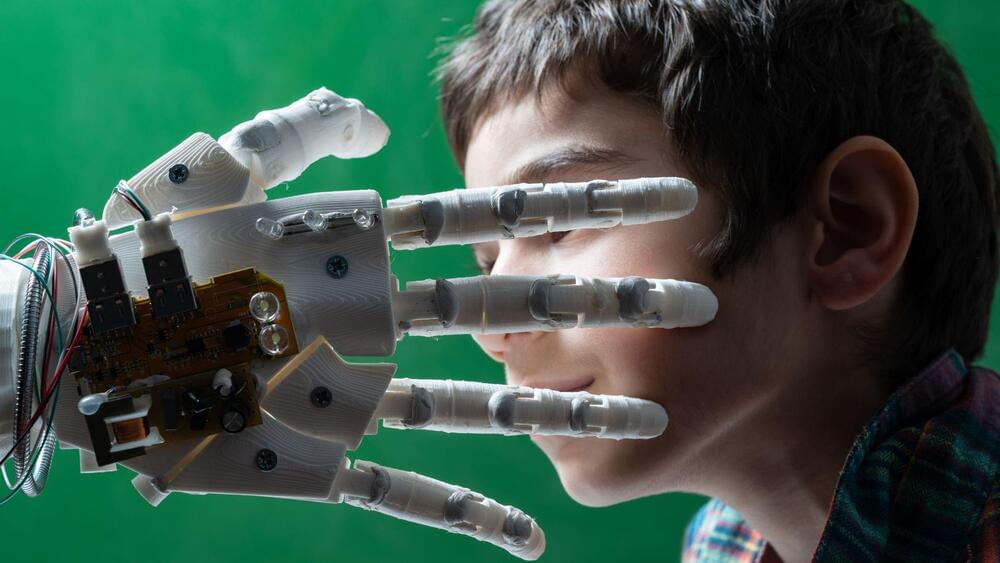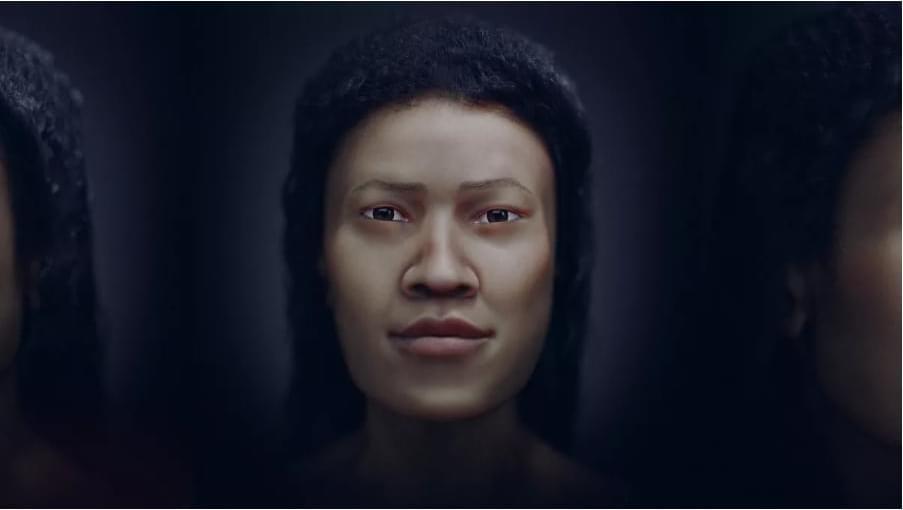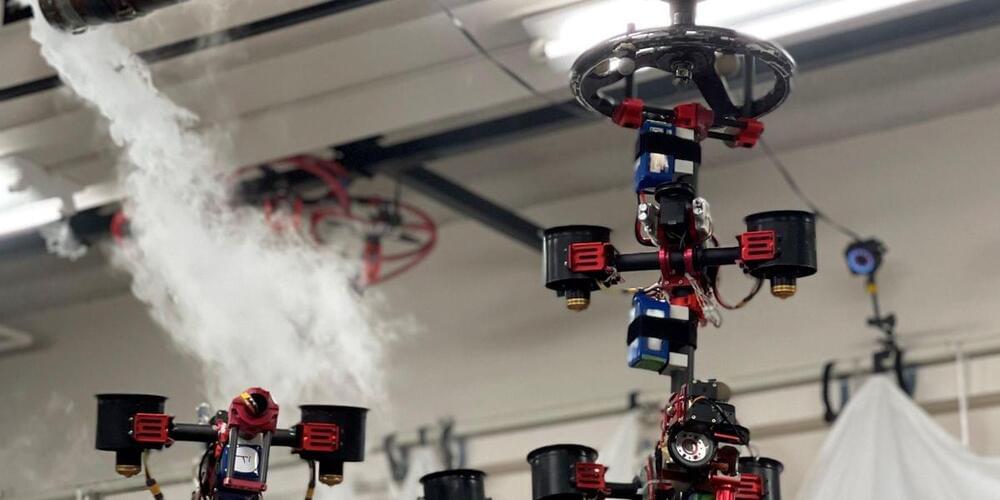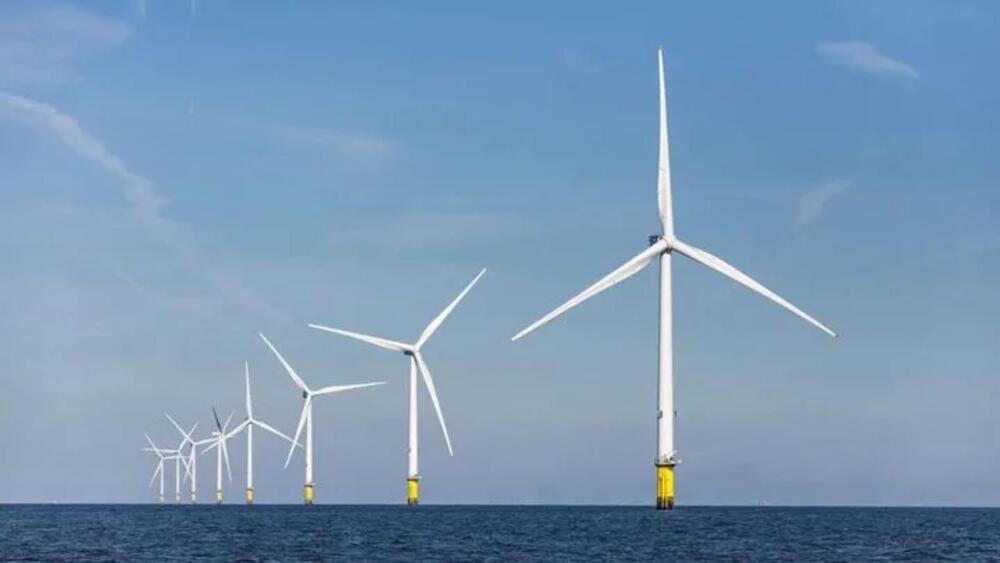She could be related to modern-day Malaysians.
A study by Universiti Sains Malaysia has revealed a prehistoric woman’s facial reconstruction. It is thought that this prehistoric “Penang Woman” lived about 5,700 years ago during the Neolithic or New Stone Age in what is now Malaysia, the study suggests, which was published on August 5. However, the woman’s full identity is still unknown.
Universiti Sains Malaysia researcher Shaiful Idzwan Shahidan, one of seven USM researchers who worked on the project, told FMT that Penang Woman is estimated to have died when she was 30 to 35 years old.
She was about 150 cm tall.
Universiti Sains Malaysia.
It is thought that this prehistoric Penang Woman lived about 5,700 years ago during the Neolithic or New Stone Age in what is now Malaysia, the study suggests, which was published on August 5. However, the woman’s full identity is still unknown.








